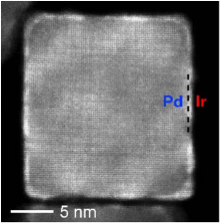Author Interviews, Psychological Science, University of Pittsburgh, Weight Research / 21.09.2015
Believing In Yourself Important For Weight Loss Maintenance
MedicalResearch.com Interview with:
Linda J Ewing PhD RN
Department of Psychiatry and
Lora E Burke PhD, MPH, RN, FAAN
Department of Health and Community Systems
University of Pittsburgh School of Nursing
Pittsburgh, Pennsylvania
Medical Research: What is the background for this study? What are the main findings?
Response: This study was the product both of work done in Dr. Burke’s lab as well as cumulative findings of other investigators demonstrating that improved self-efficacy is related to positive changes in health behaviors (e.g., physical activity, increased Intake of healthier foods, such as fruits and vegetables). Given that, we designed a behavioral weight loss study that included an intentional focus on enhancing participant self-efficacy for healthy behaviors related to weight loss maintenance. No previous study had self-efficacy enhancement as a focus of intervention with the long-term goal of increasing weight loss maintenance. Thus our study focused on mastery performance of weight loss related behaviors. Findings supported our hypothesis; participants in both arms of the study (standard behavioral weight loss (SBT) and SBT with self-efficacy enhancement (SBT+SE) achieved clinically significant weight loss. Participants in the SBT+SE group had greater weight loss maintenance while those in the SBT group had clinically significant weight regain.
(more…)

























